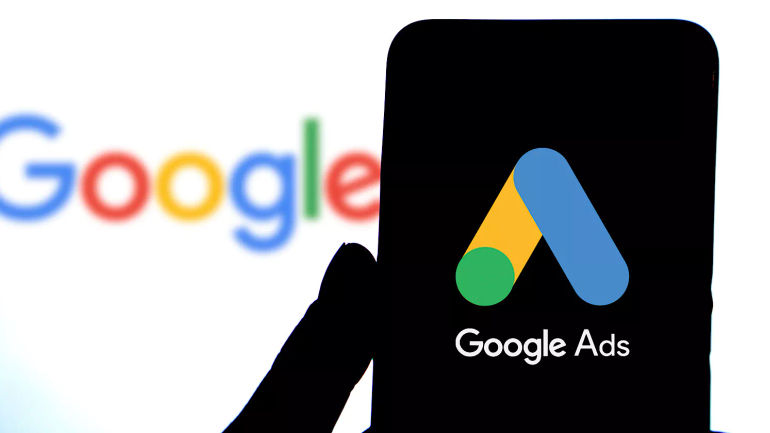
Google: Shift in Local Service Ads Ranking Factors

Discover how Google's latest update has changed the game for local service ads rankings. Learn why proximity to the searcher is no longer the key factor according to Google's new algorithm.
Google has updated its criteria for ranking Local Services Ads, stating that a business’s proximity to a searcher is not the main factor considered. This adjustment shows Google's improved understanding of what matters to users looking for local service providers.
Chris Barnard, who works as a Local SEO Analyst at Sterling Sky, brought up a recent change in a Google Help Center article.
He shared a screenshot showing that Google no longer includes proximity as a factor in local search ad rankings.
so this is definitely new
Proximity no longer a thing in LSAs pic.twitter.com/zaSuqT6ZJP
— Chris Barnard (@CPBarnard) May 8, 2024
Ginny Marvin, Google’s Ads Liaison, responded to clarify the change.
Marvin mentioned that the LSA ranking has changed as they discovered what is most effective for consumers and advertisers. It has been observed that the distance of a business from a location is not always a significant factor in determining relevancy.
LSA ranking has evolved over time based on what works best for consumers and advertisers. We have learned that the proximity of a business' location is not always a key factor in determining relevancy. For instance, the physical location of a home cleaning business may matter less to potential customers compared to whether their home is within the business’ service area.
— AdsLiaison (@adsliaison) May 9, 2024
Marvin confirmed this wasn’t a sudden change but an update to “more accurately reflect these ranking considerations” based on Google’s learnings.
The revised article now mentions that location relevance factors take into account various elements such as the context of a customer's search, the specific service or job they are looking for, the time of the search, the location, and other relevant characteristics.
Proximity Still A Factor For Service Areas
Google maintains policies requiring service providers to limit their ad targeting to areas they can service from their business locations.
Google’s Local Services platform policies, as Marvin points out, aim to link consumers with local service providers. It is important to avoid targeting your ads to areas that are far from your business location or that you cannot reasonably serve. This can lead to a negative and confusing experience for consumers.
Why SEJ Cares
By de-emphasizing proximity, Google is giving its ad-serving algorithms the flexibility to surface the most relevant and capable providers.
This allows the results to match user intent better and connect searchers with companies that can realistically service their location.
FAQ
How should businesses respond to changes in Local Services Ads ranking factors?
With the recent updates in how Google ranks Local Services Ads, it is important for businesses to make sure that the service areas listed for their ads accurately represent the regions where they can actually provide services. It is recommended to align the service areas with the information on your Google Business Profile.
Understanding changes to Local Services Ads ranking is crucial for marketers because it can directly impact how well their service offerings show up for relevant local searches. Companies should prioritize keeping their service offerings and availability information up-to-date to improve their Local service ads ranking.
Businesses are now impacted by changes in how they are matched with potential customers. Google has shifted its focus away from prioritizing proximity when ranking local service ads. Instead, it now emphasizes other important factors.
It is crucial for businesses to adapt to this change in order to update their local service ad strategies. By aligning with Google's new priorities, companies can effectively reach the right audience with their ads.
Can a business still target areas far from their location with Local Services Ads?
No, Google doesn’t allow businesses to target areas they can’t realistically service.
To ensure customers are connected with nearby providers, businesses can only promote their services in their local area or designated service zones. This helps avoid situations where customers are paired with providers located too far away to assist them.
Featured Image: Mamun sheikh K/Shutterstock
Editor's P/S:
Google's recent adjustment in ranking Local Services Ads demonstrates a shift in focus towards providing users with the most relevant and capable service providers. By de-emphasizing proximity, Google empowers its algorithms to surface businesses that align with the user's specific needs, regardless of their physical distance. This move underscores Google's commitment to delivering a user-centric experience, ensuring that searchers are connected with businesses that can effectively meet their requirements.
As businesses adapt to this change, it becomes imperative for them to update their local service ad strategies. By accurately representing their service areas and prioritizing the alignment of their offerings with Google's new priorities, businesses can effectively reach the right audience with their ads. This ongoing evolution in the local search landscape highlights the importance of staying informed about industry updates and adapting marketing strategies accordingly.











